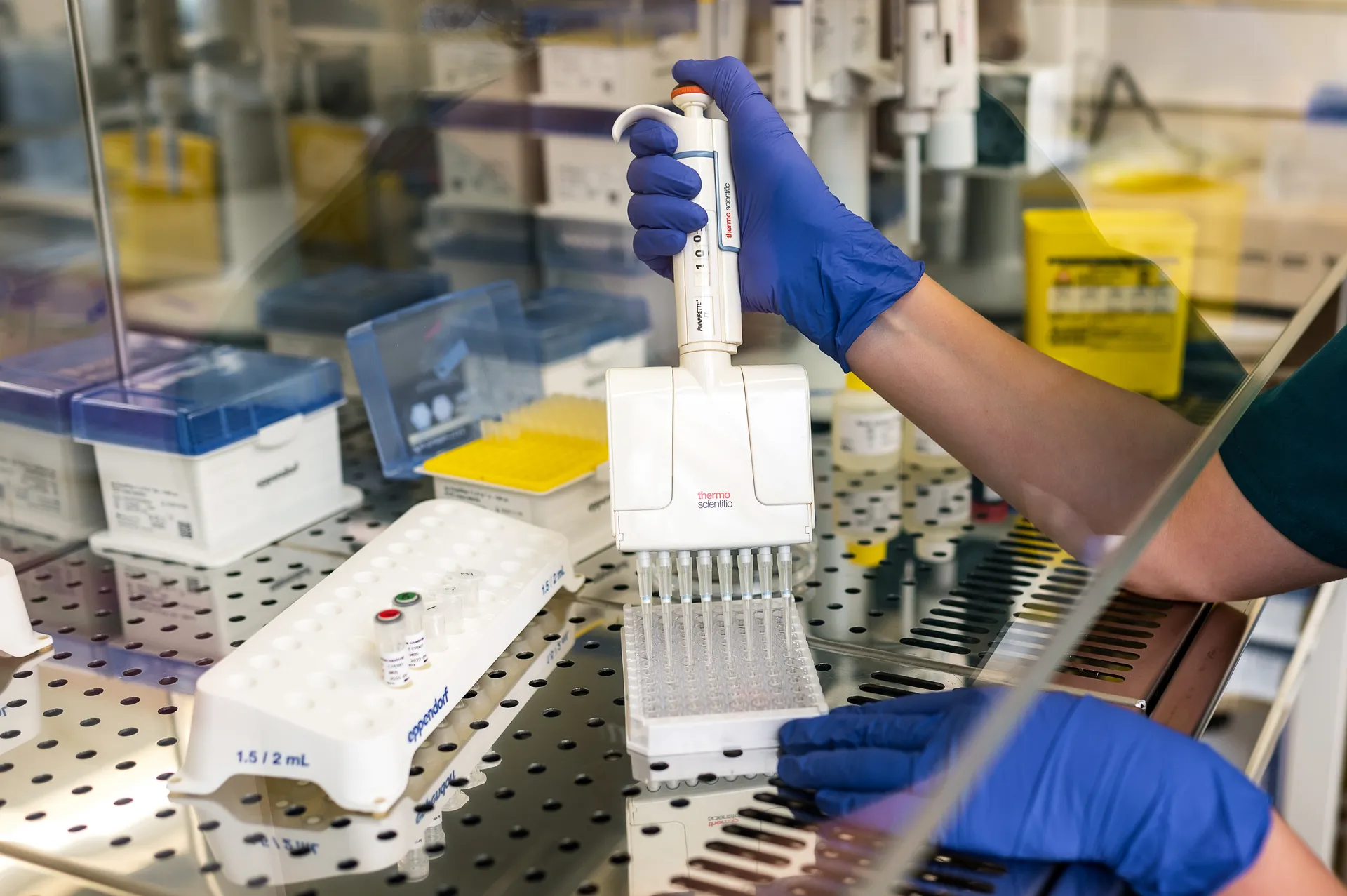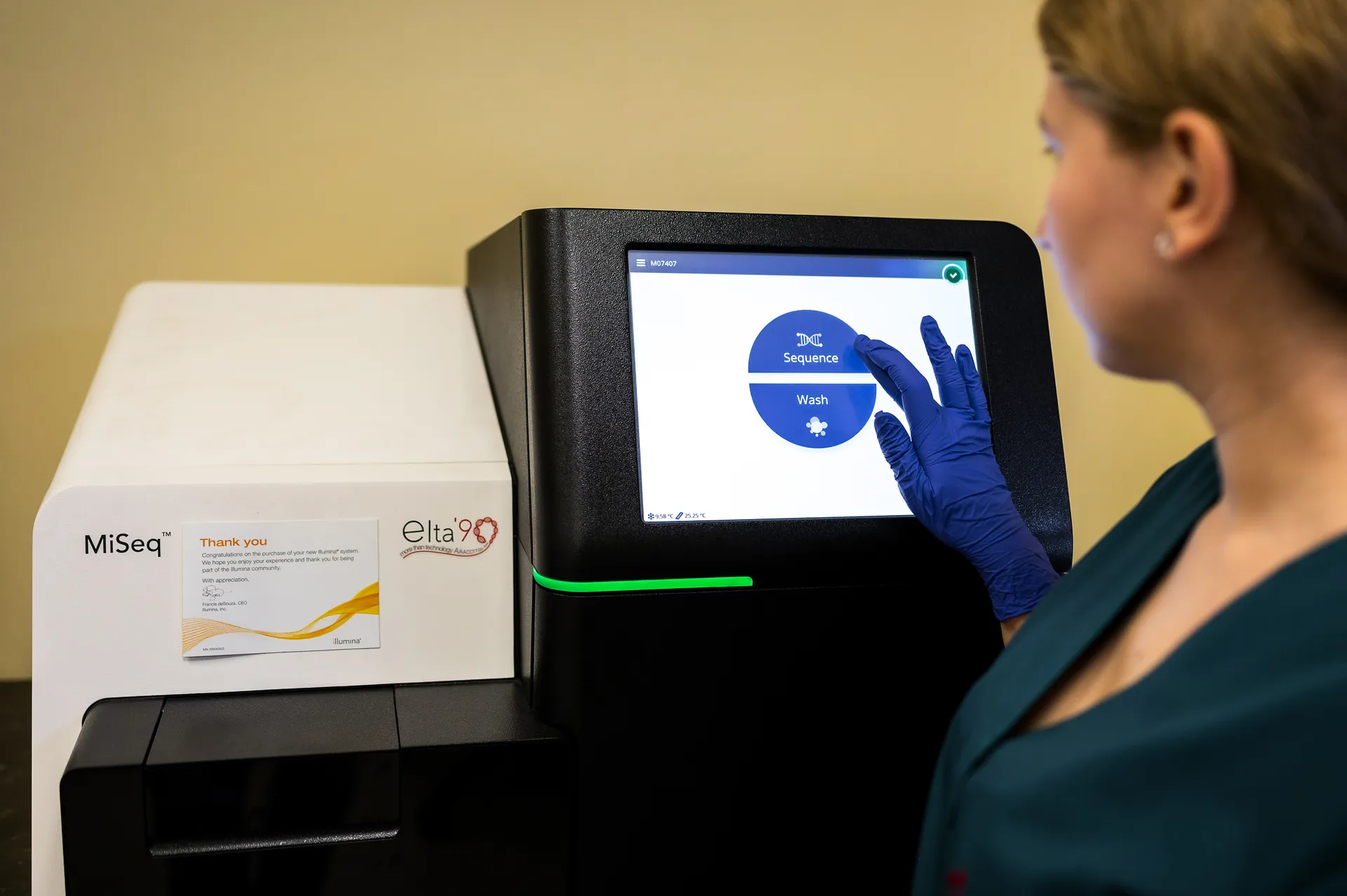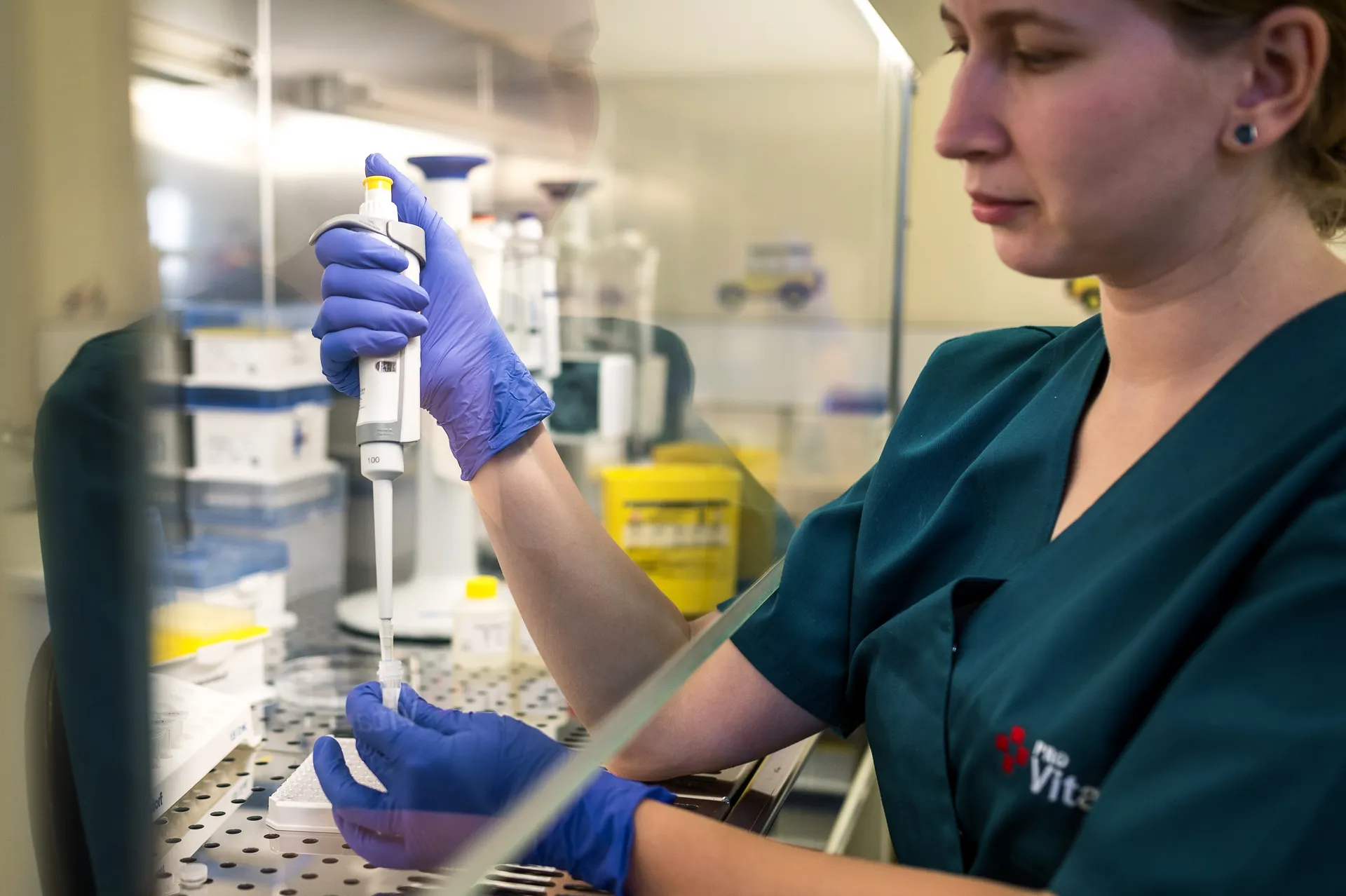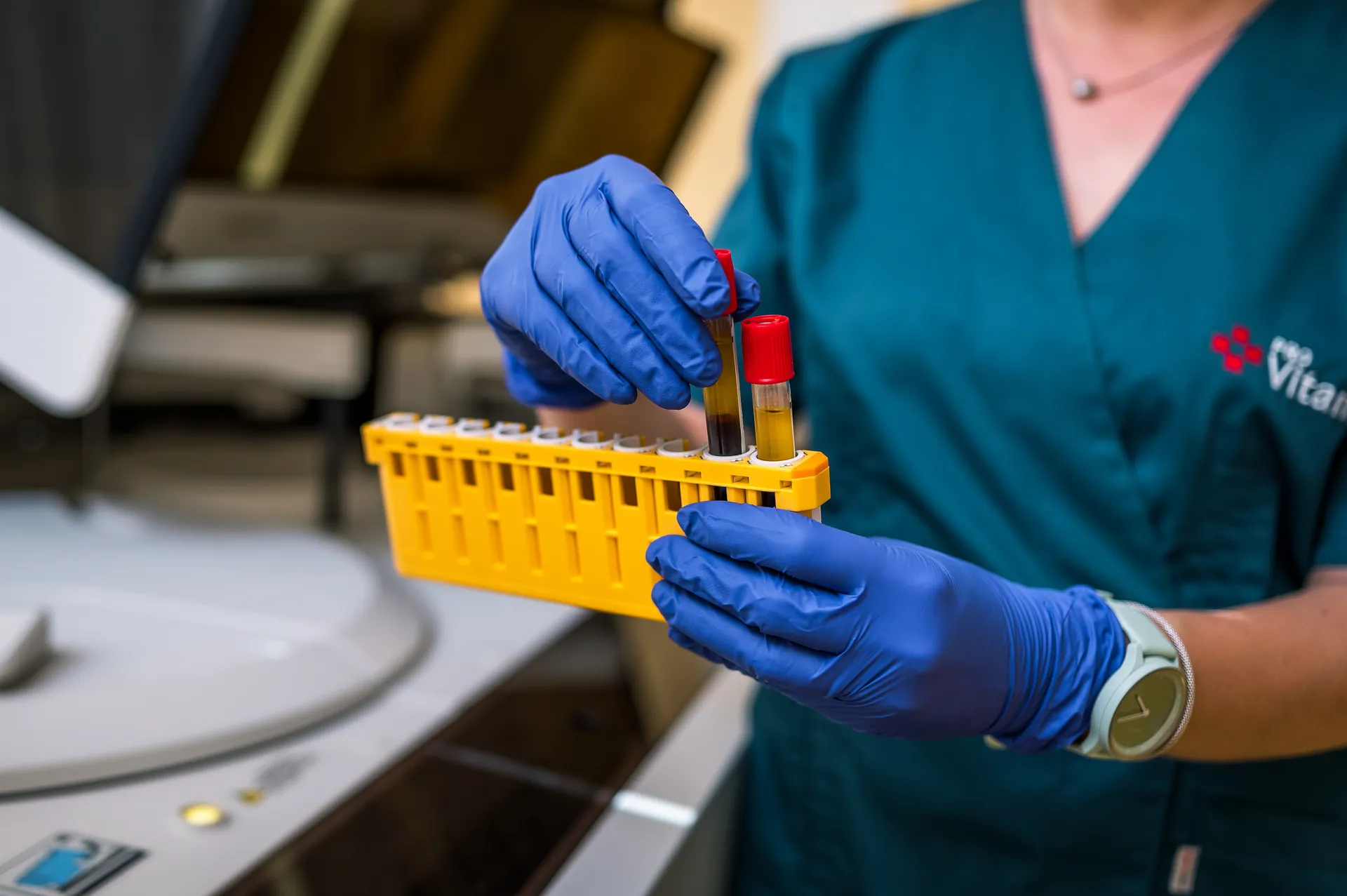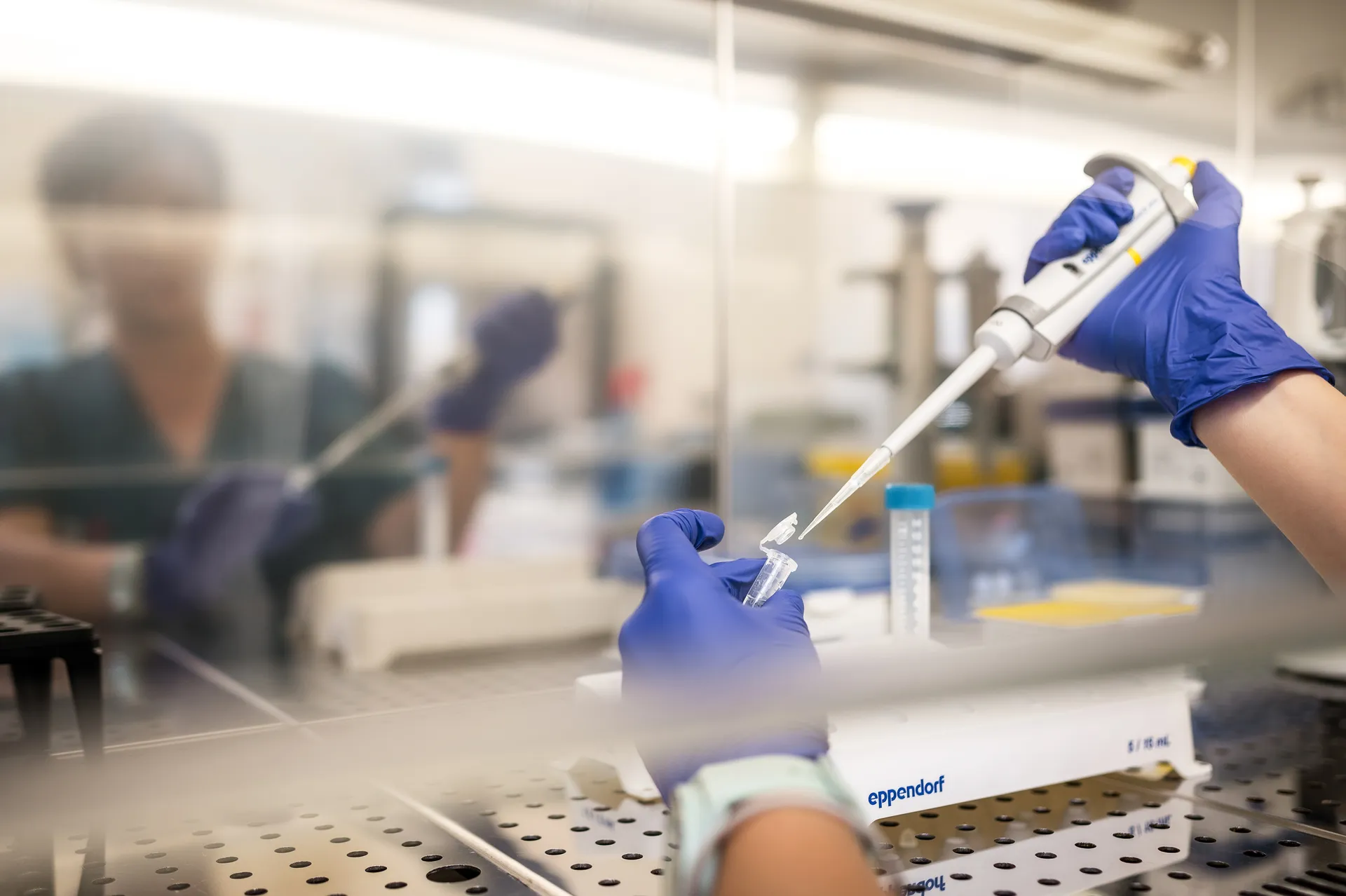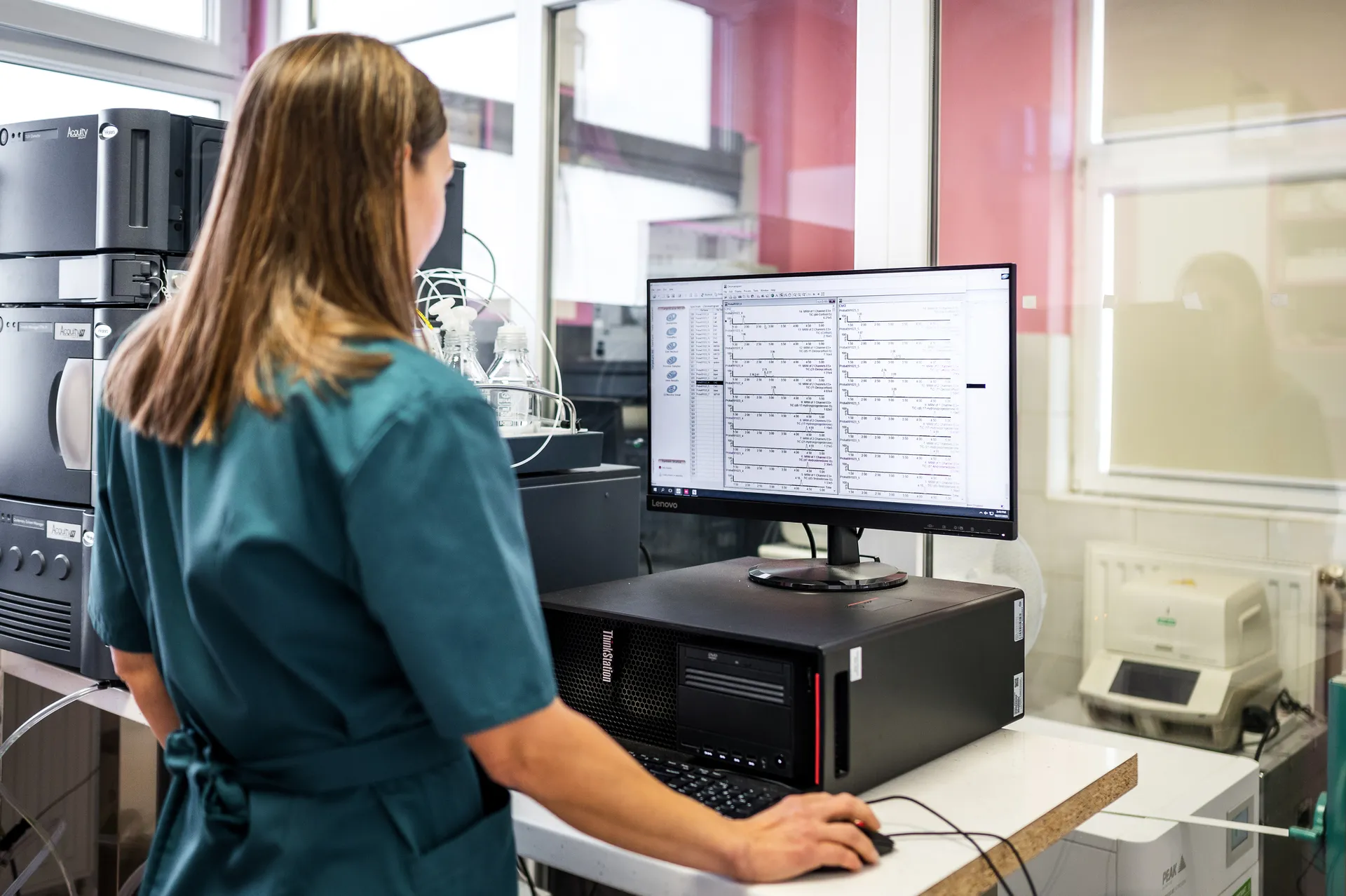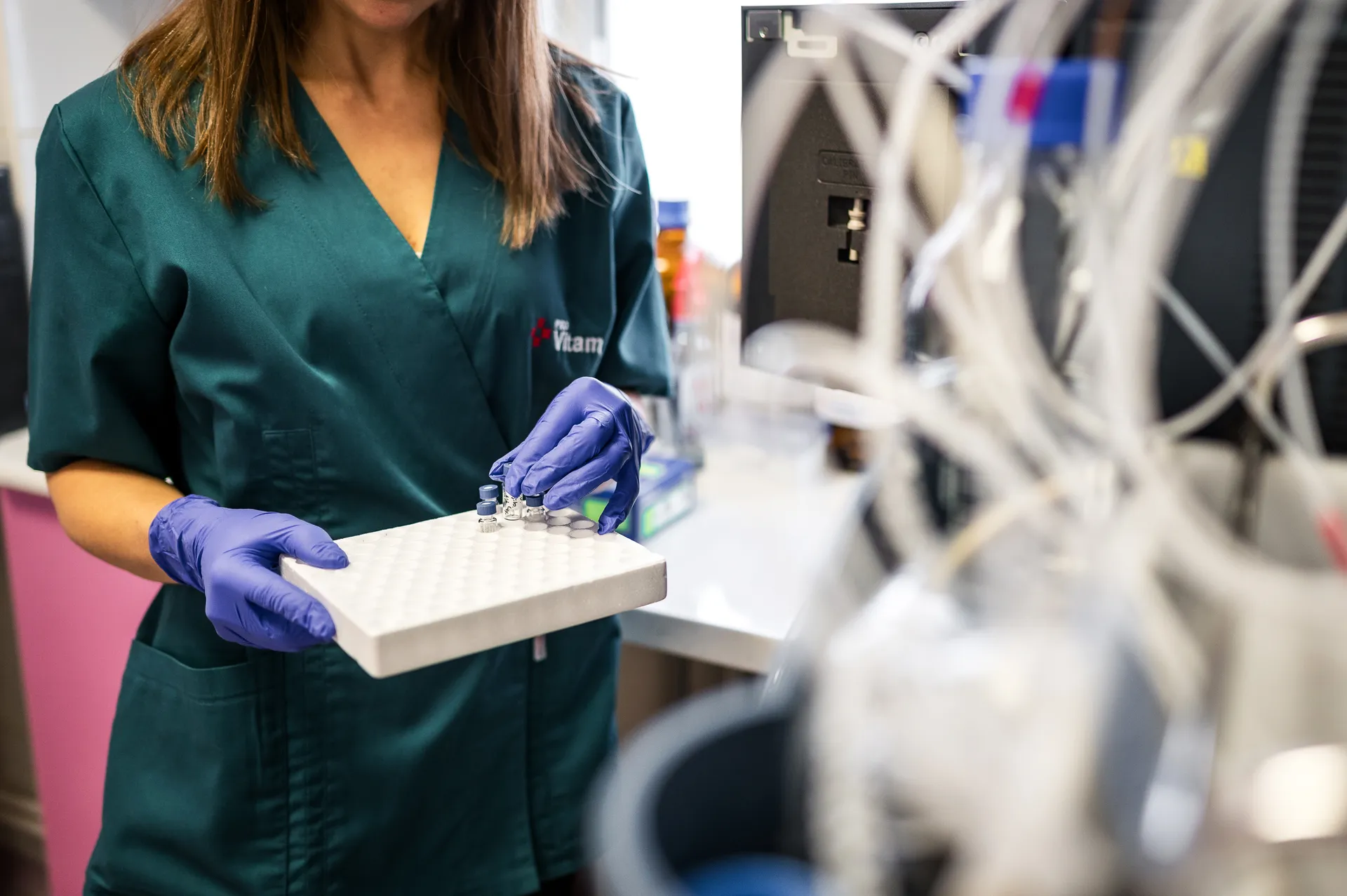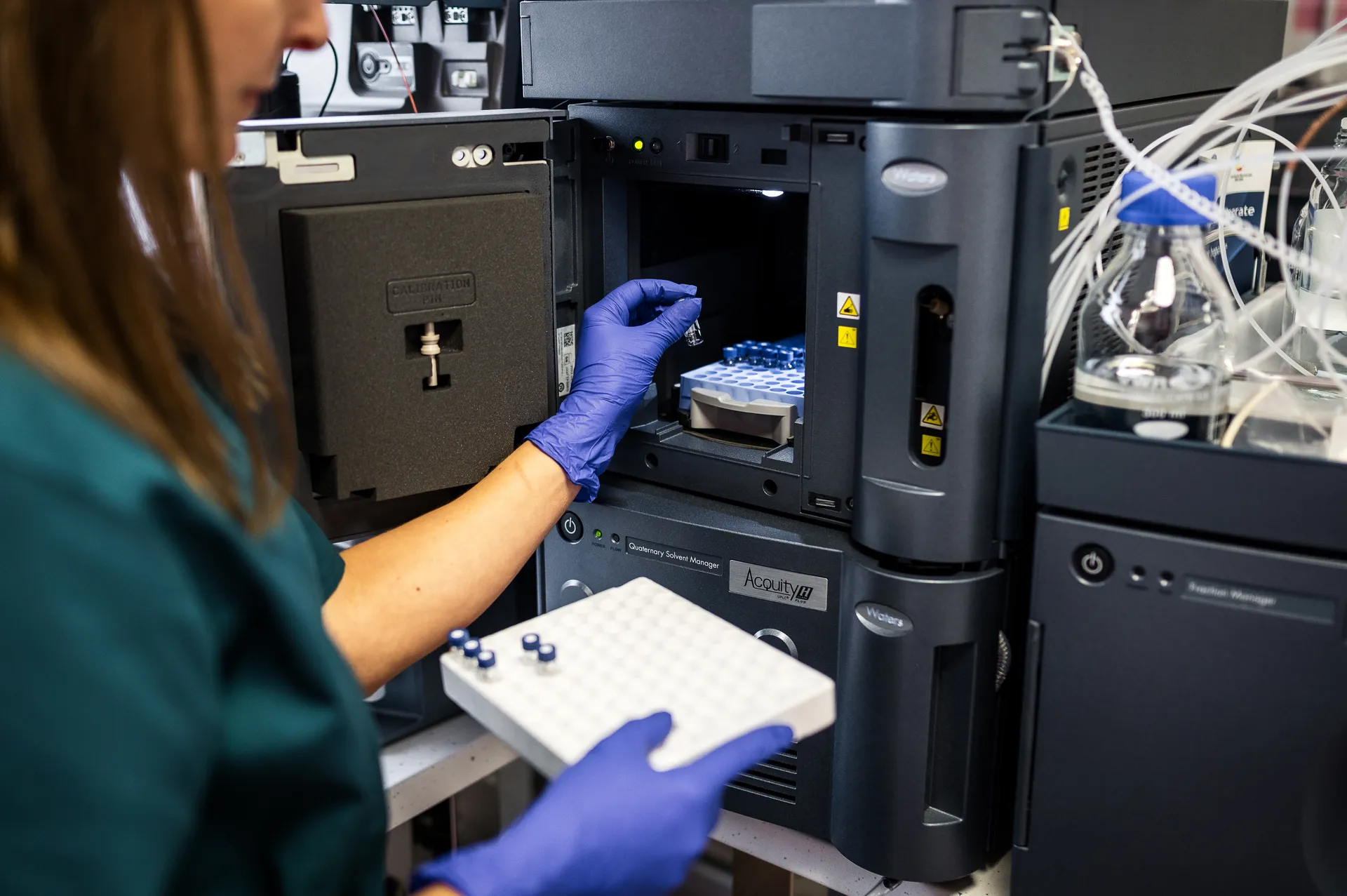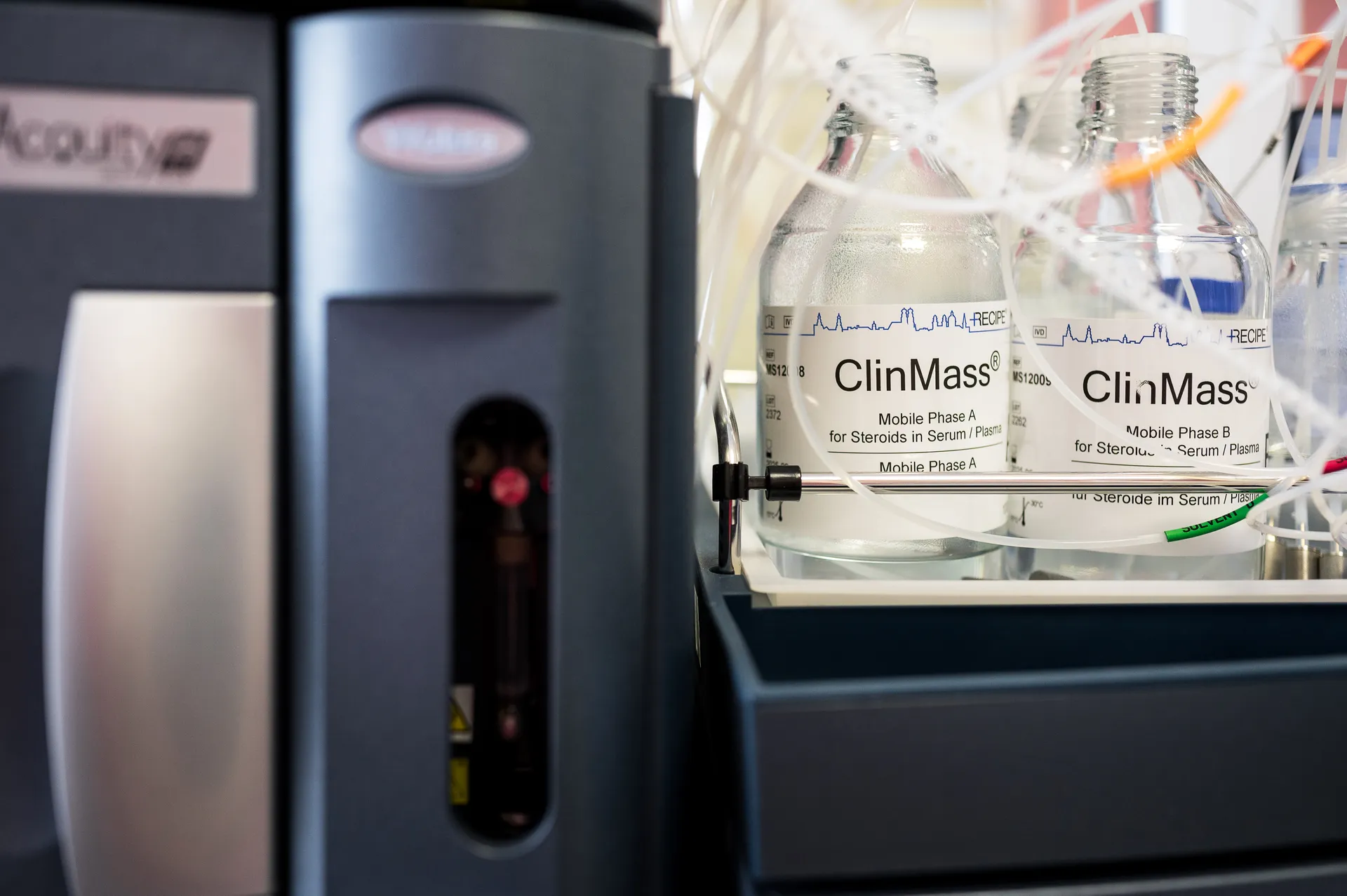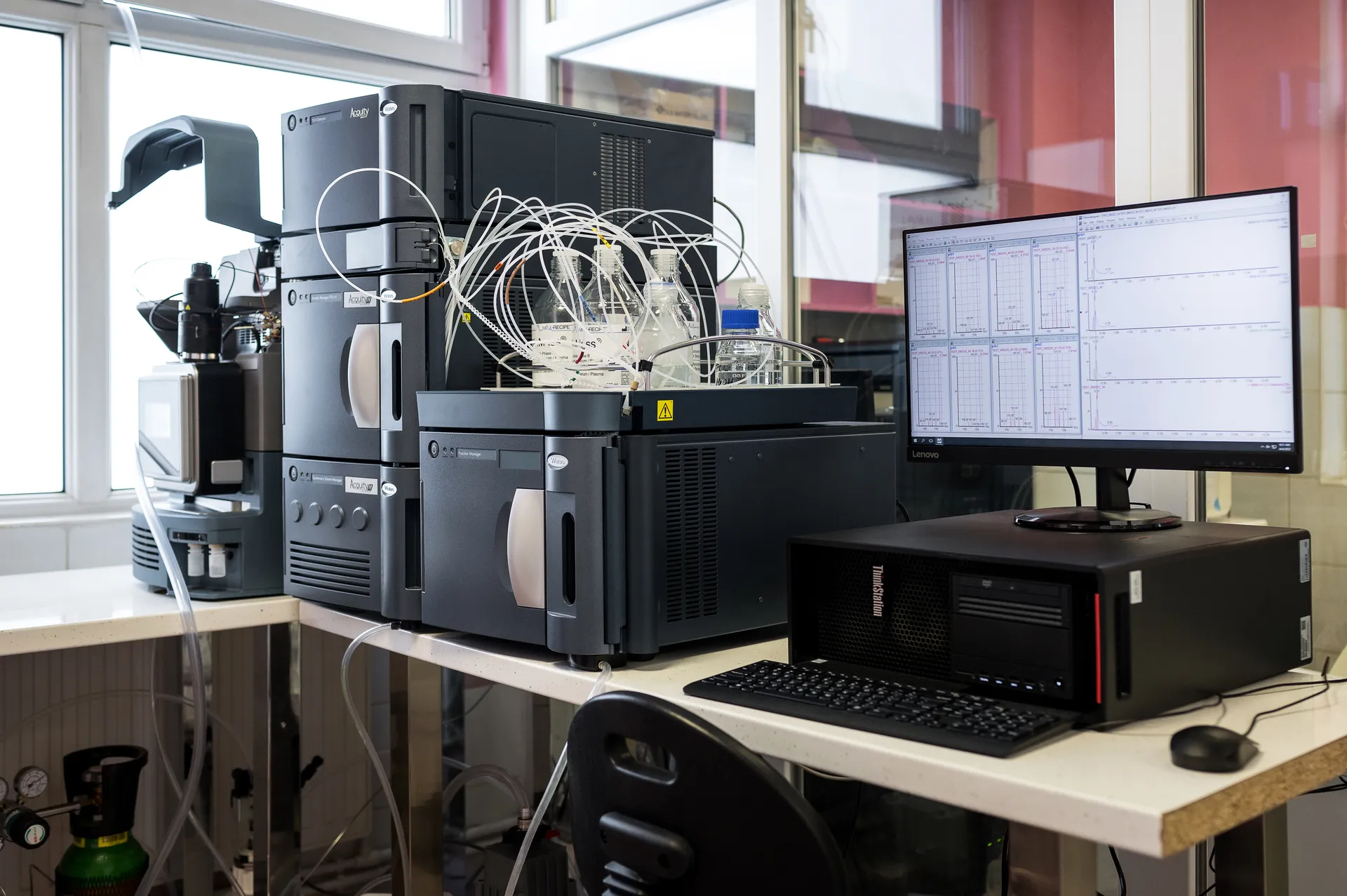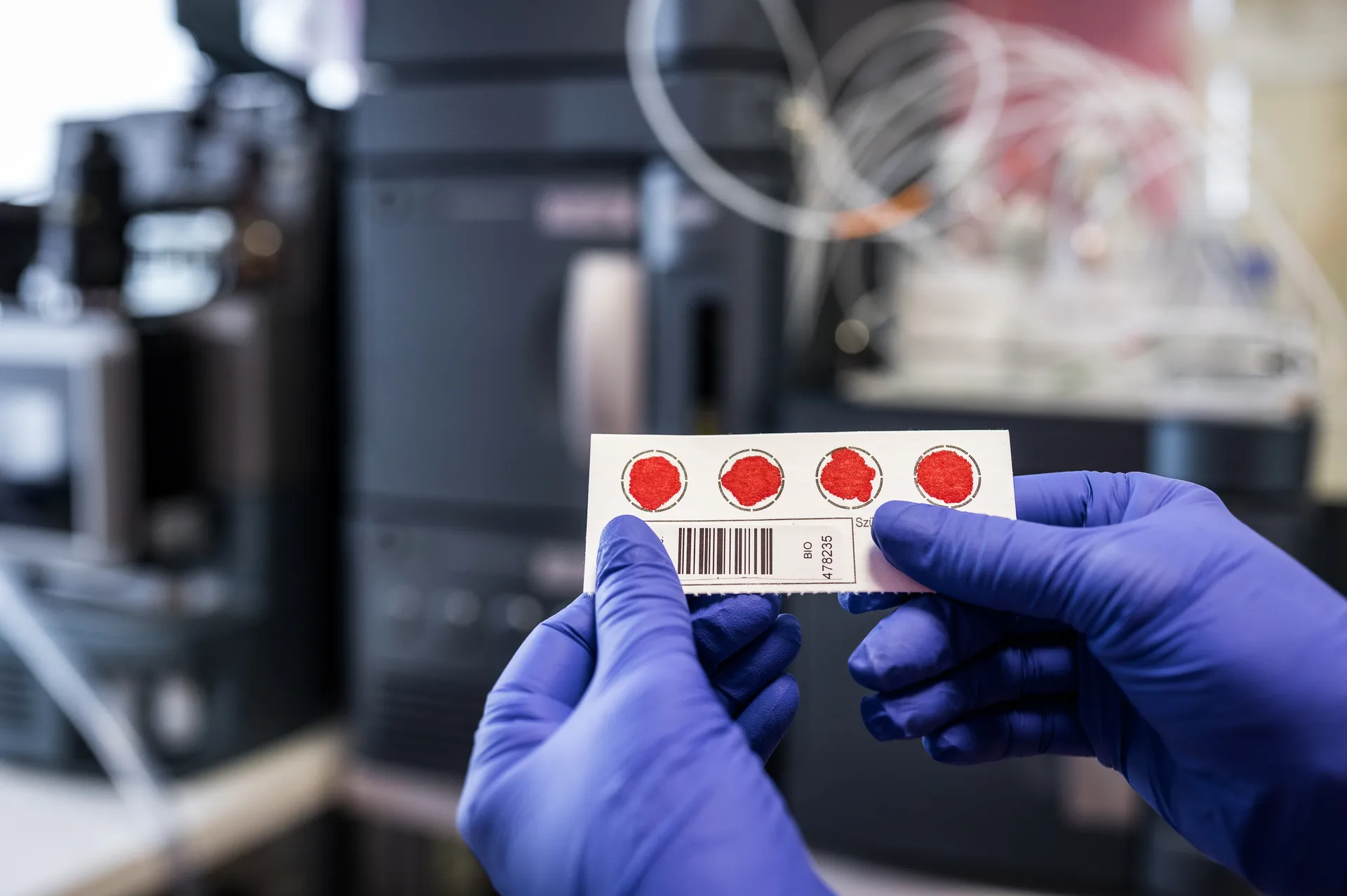Past projects
Computational design of self-assembling supramolecular motors and quasicrystals.
The past computational project of the group has the title “Computational design of self-assembling supramolecular motors and quasicrystals.” The project is financed by CNCS-UEFISCDI (project number PN-III-P1-1.1-TE-2019-1018), and runs from September 2020 to August 2022. This is my third (and last) “Young Research Teams” project.
The field of nanotechnology transformed virtually every aspect of our lives during the last few decades. As researchers gradually understood the structural basis of complex biological processes, the need arose to rationally design artificial structures on the nanoscale that can mimic some of such processes, or interfere with them at the molecular/supramolecular level.
The present proposal aims to create new models of colloidal building blocks that can self-assemble into functional structures at this length scale. We will modify a coarse-grained model of charged rigid particles, having only ionic and excluded volume repulsive interactions, originally developed in my group for self-assembling tetravalent Goldberg hollow shells. By exploiting the observation that large-scale cooperative rearrangements between competing structures in model hollow shells have in fact very simple energetic profiles, novel colloidal motor designs will be developed, which will be able to transform external energy input into directional rotational motion. The second model to be created is for colloidal building blocks that form two-dimensional quasicrystals. Such structures are predicted to have very interesting optical properties, and can be exploited for many photonic applications. It is extremely difficult to experimentally create motors or quasicrystals from colloidal building blocks. The computational models developed in this project can guide experiments by specifying the minimal conditions for building blocks in order to be able to spontaneously form functional structures on the colloidal length scale.
Team members
Istvan HORVATH, PhD student
Menyhart-Botond SAROSI, postdoctoral researcher
Szilard FEJER, principal investigator
Summary of research activities during the first stage of the project
- setting up the simulation framework with HOOMD-Blue and Docker containers
- exploration of parameter space for selected toy models in order to better understand their behaviour
- for the technically savy readers, we have set up three Docker environments in this stage:
1. The molecular dynamics environment:
This mainly consists of the HOOMD-Blue library and some custom scripts which will be used to automatise the workflow of guessing and perfecting the simulation parameters, also a basic database which will record all the data, written in Pandas. This container can be accessed trough the built in Jupyter notebook, which is an interactive Python scripting environment.
2. The structure optimization environment:
This Docker image is built on the Python 2.7 image, with Pele and some other Python packages installed, like NumPy and SciPy for performing the required calculations and Pandas to manage data. The main role of this container is to optimise simple molecular structures, to produce input for the machine learning environment and to study the energy landscapes of molecules.
3. The machine learning environment:
This container is based on the official Tensorflow-Jupyter image, with some extra packages to support the creation of 3D representations of molecular structures. The purpose of this container is to create a neural network, which takes as input a randomly generated molecular structure and predicts a starting structure for energy minimisation, with the aim of guessing a structure that is close to a local potential energy minimum.
A draft progress report for the first stage can be downloaded from here.
https://szilard.ro/files/scientific_report_2020.pdf
Summary of research activities during the second stage of the project
- exploring single transition state rearrangements corresponding to cooperative rotatory motion
- finding the basic design of a self-assembling colloidal motor
- adapting the model for explicit solvent
- exploring different energy transfer methods to colloidal motors
The following video shows a long single transition state rearrangement between two lowest-energy structures of a closed shell:
The following animation shows sustained rotational motion for the rotor blade (a minimal model for a colloidal motor:
The following animation shows assembly of a sheet with local quasicrystalline order:
Hierarchical self-assembly
The main focus on the group concerns hierarchical self-assembly, and how such processes can be modelled. The first project with this theme was “Creating a framework for modelling the hierarchical self-assembly of anisotropic building blocks.” The two years of the project enabled the establishment of the research group, which is now itself growing hierarchically. The project was financed by UEFISCDI (project number PN-II-RU-TE-2014-4-1176), and ran from October 2015 to September 2017.
Abstract:
Hierarchical self-assembly is one of the most promising tools in nanotechnology. In biological systems, such processes have been already perfected during evolution, and involve successive formation of building blocks from smaller units, which in turn self-assemble into larger structures in a hierarchical fashion (e.g. virus capsid proteins, keratin filaments, amyloid fibrils etc.). Presently, computational modelling of assembly processes on the nanoscale is possible only with coarse-grained methods, chosen appropriately for the size of the system and the particular problem. However, hierarchical self-assembly often happens across multiple scales, and each layer of the process has to be modelled differently: molecular mechanics force fields for protein folding, united atom force fields for oligomerization, shape-based coarse-grained models (e.g. bead models) for successive assembly of protein oligomers. To this date, no framework exists supporting modelling such processes across length scales.
The aim of the project is to use the experience of the PI with modelling anisotropic building blocks using the rigid body framework, and extend the method to bridge the gap between the different length scales. The method will involve a hierarchical calculation of building block parameters, obtained from extensively studying the energy landscape of their components. This approach will be scale-independent, and will allow bottom-up design of novel complex structures on the nanoscale.
The second project of the group built on the first one, and had the title “Coordination chemistry on the nanoscale: Computational design of supramolecular building blocks capable of highly specific, orientation-dependent interactions.” That project was financed by CNCS-UEFISCDI as well (project number PN-III-P1-1.1-TE-2016-1279), and ran from May 2018 to April 2020.
Abstract
With the advent of modern synthetic methods of nano- and mesoscale building blocks, it is now possible to encode complex self-assembling behaviour in relatively simple particles. However, the parameter space available for experimentalists is huge: one has to tune the building block anisotropy, interaction anisotropies, range, type etc. Computational methods can add valuable insight into the rational design of such building blocks. Coarse-grained modelling of anisotropic interactions can guide experiments into regions of the parameter space relevant to the desired target self-assembled structure.
The project aim was to establish a new field for the self-assembly of nanoscale building blocks, through applying concepts from coordination chemistry into designs of nanoparticles, which will become capable of highly specific coordination to other nanoparticles. Although the concept of ‘colloidal molecules’ exists, experimental realizations are still in their infancy. In order to understand the behaviour of such building blocks, and to create the simplest possible models for them, we will be using and further developing state-of-the-art methods in energy landscape theory (global optimization within the rigid body framework, discrete path sampling and rigid body MD).
In the first stage, we explored the minimal physics required for assembly of hollow cages formed by nanoscale analogues of MnL2n-type Goldberg polyhedra, which are experimentally realized by square planar coordinated transition metal complexes with nonlinear bidentate ligands. We found that cages with the same symmetry can be obtained using a combination of excluded volume and Coulombic interactions, and investigated the dynamics of hollow shell formation and transition between competing structures. The second stage involved the design of novel anisotropic nanoparticles capable of tetrahedral, planar and linear coordination, giving rise to mesoscale structures analogous to hydrocarbons.
Research projects
About Us
